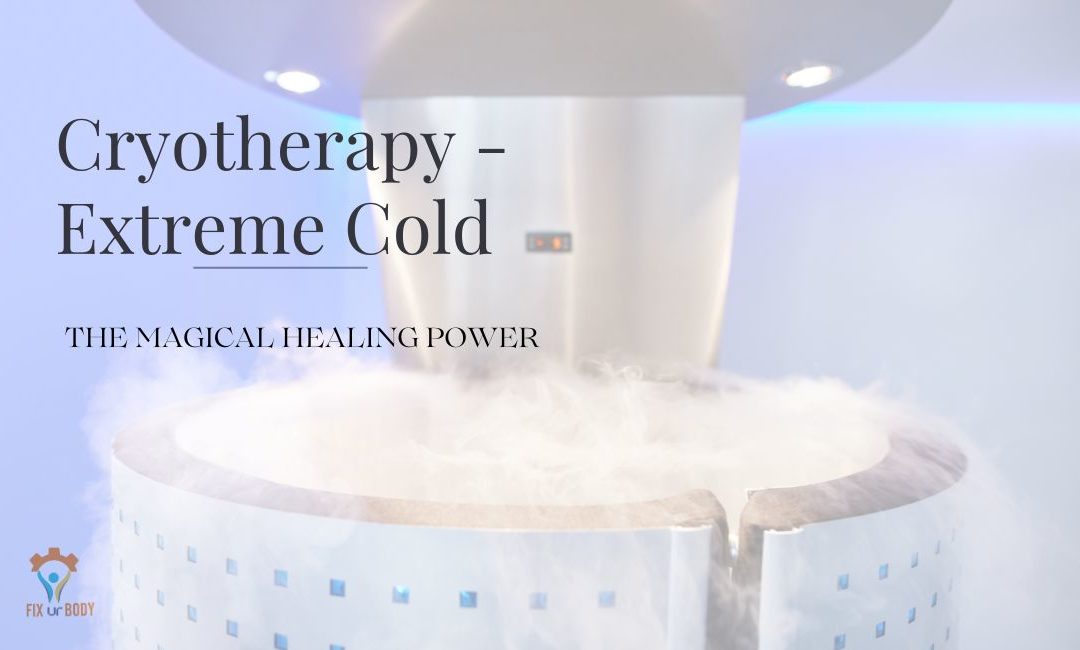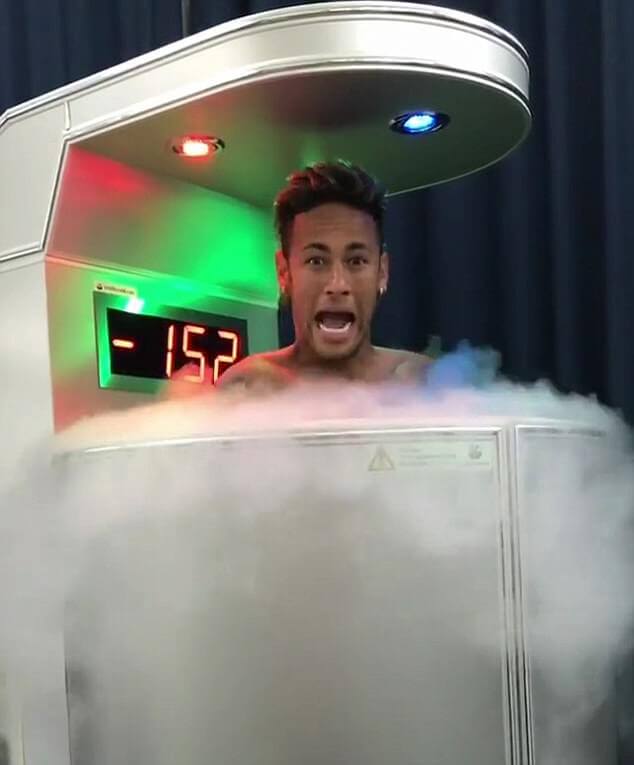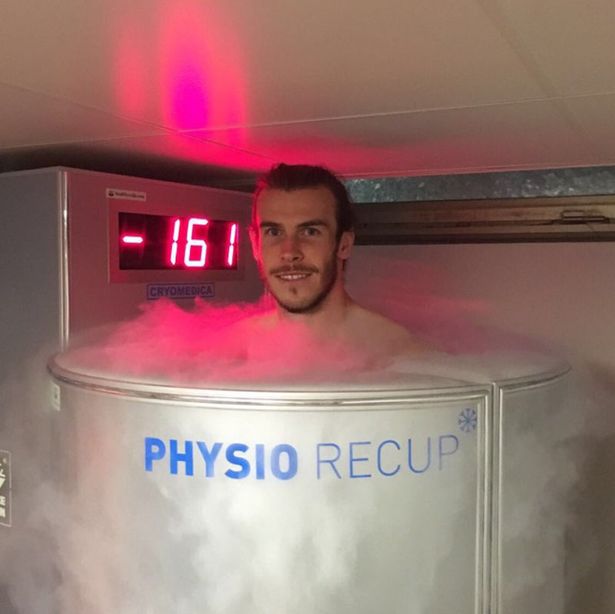Overview
Imagine stepping into a world of extreme cold, shrouded in mist, where temperatures plummet to icy depths not found in nature. This isn’t the beginning of a science fiction novel; it’s cryotherapy – a cutting-edge treatment that uses the power of extreme cold for healing and wellness. Also known as cryoablation, is a minimally invasive therapy gaining popularity for its wide array of benefits, from skin condition treatments to potential cancer therapy.
What is Cryotherapy?
This chiilling method involves the application of extreme cold to freeze and destroy abnormal tissue. By using substances like liquid nitrogen or argon gas, healthcare providers can target affected areas with precision. This treatment can be external, for skin conditions, or internal, for deeper issues like cancerous tumors. Its non-invasive nature means less pain and quicker recovery, making it a preferred choice for many patients.
Why Opt for Cryotherapy?
Doctors recommend cryotherapy for a multitude of conditions, owing to its minimally invasive nature and rapid recovery time. It’s effective against various skin conditions like warts, skin tags, and precancerous skin issues. Furthermore, it’s used to treat more serious ailments like bone, cervical, liver, and prostate cancer. Even retinoblastoma, a childhood cancer of the retina, can be addressed using this healing method.
Procedure Details
How Cryotherapy Works
Its magic lies in its ability to freeze cells rapidly, leading to their destruction. The process uses either liquid nitrogen, nitrous oxide, or argon gas to achieve these ultra-low temperatures. Depending on the condition’s location, the method of application varies.

External and Internal Application
For external lesions like skin conditions, a spray or cotton swab applies the freezing agent. Internally, a cryoprobe, inserted through a small incision, targets internal tissues like tumors or precancerous cells.
Getting Ready
Preparation varies based on the treatment type. External treatments typically require no special prep, while internal treatments might necessitate dietary restrictions or a pause in certain medications. Always follow your healthcare provider’s guidance.
What to Expect During the Procedure
External treatment is straightforward, often involving a swab or spray. Internal treatments, however, may use ultrasound imaging for guidance and require local or general anesthesia based on the procedure’s invasiveness.
Risks / Benefits
The Pros and Cons
Cryotherapy’s minimal invasiveness means less pain, bleeding, and damage to surrounding tissues. However, risks, though rare, do exist. These include potential nerve damage, swelling, scarring, and in some cases, bone fractures or skin infections.
Recovery and Outlook
Post-treatment, the recovery varies. External treatments may lead to temporary redness or blistering, while internal treatments might cause mild soreness. Most patients resume normal activities quickly, though some may require multiple sessions for complete tissue removal.
When to Call the Doctor
Post-treatment, watch for signs of infection like redness, pus, or fever. Also, consult your doctor if the treated area shows no improvement after healing.
The Surprising Benefits of Cryotherapy
Aside from its clinical uses, cryotherapy offers a range of potential benefits, making it a topic of intense research and growing popularity.
1. Pain Relief and Muscle Healing
Cryotherapy can alleviate muscle pain and aid in treating joint and muscle disorders like arthritis. It can also expedite the healing of athletic injuries.
2. Weight Loss Support
While not a standalone weight loss solution, cryotherapy may enhance metabolism, aiding in weight management.
3. Reduced Inflammation
Reducing inflammation can improve overall health and mitigate risks associated with chronic diseases like diabetes and arthritis.
4. Potential in Preventing Dementia
Early research suggests that cryotherapy’s anti-inflammatory effects might reduce dementia risk.
5. Cancer Prevention and Treatment
Though not a cure, cryotherapy may lower cancer risk by reducing inflammation and is already a recognized treatment for certain cancers.
6. Mental Health Benefits
Preliminary studies indicate that this therapy could alleviate symptoms of depression and anxiety.
7. Eczema and Migraine Relief
Cryotherapy shows promise in improving eczema symptoms and preventing migraine headaches.
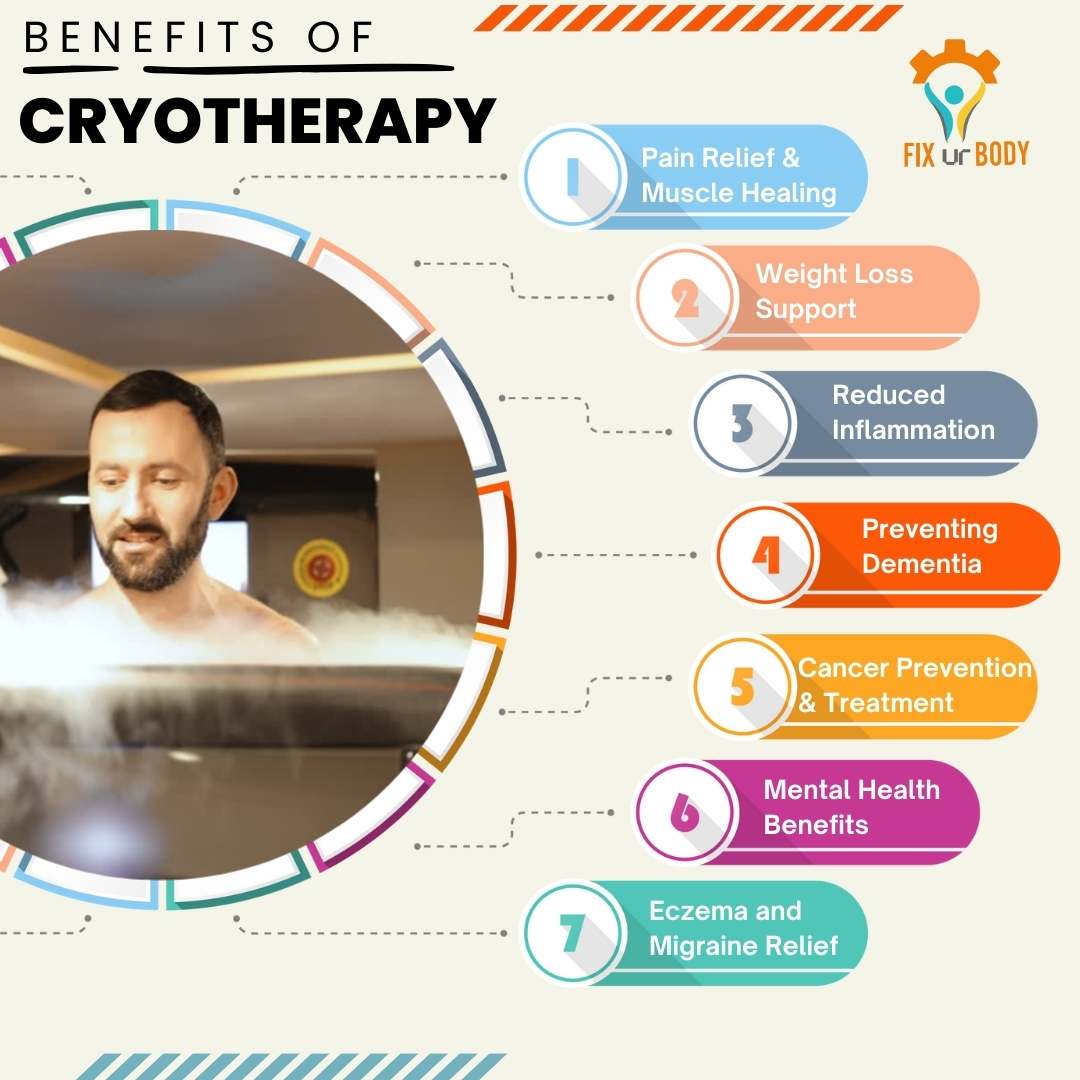
Athletes Testimonials
Cryotherapy has garnered significant attention in the athletic world for its role in aiding recovery, a crucial aspect of training at the highest levels of sport. Here’s a list of five athletes who have incorporated this hack into their regimen:
- Adam Bishop: As a professional strongman, Bishop emphasizes the importance of recovery. He utilizes this method to ensure his body is optimally prepared for each training session, highlighting its significance in his routine.
- Cristiano Ronaldo: The football superstar has installed a cryotherapy chamber in his home, using it at least twice weekly. This is part of his holistic approach to fitness and recovery.
- Eddie Hall: Known for his intense weight training sessions, Hall uses this therapy daily as a recovery tool after each weights session, underlining its importance in his routine.
- Andy Murray: The tennis champion uses cryotherapy for recovery post-training and matches, indicating its role in his performance maintenance.
- Jamie Vardy: Vardy has a setup at home and uses it regularly. He credits this therapy for helping maintain his form and fitness, essential for his goal-scoring prowess.
These are just some examples of athletes using this method post training. Such testimonials highlight its growing importance in high-level sports for recovery and maintaining peak physical condition.
Celebrities Testimonials
Cryotherapy has found favor not just among athletes but also among some of the biggest celebrities, who use it to boost their health and wellbeing. Here’s a glimpse at some celebrities who are known to use it:
- Will Smith: The acclaimed actor has shared his experience with cryotherapy, demonstrating its effects on his well-being.
- Alicia Keys: The Grammy Award-winning singer uses cryotherapy to maintain her looks and feel good amidst her demanding schedule.
- Demi Moore: Moore believes in cryotherapy as a secret to youth, using it as part of her anti-aging regimen.
- Jennifer Aniston: A renowned actress, Aniston uses cryotherapy for recovery from injuries, exercise training, and skin toning.
- Jessica Alba: Known for her dedication to wellness, Alba uses cryotherapy for its anti-aging benefits and to reduce muscle inflammation caused by exercise.
These celebrities have various reasons for incorporating this method into their routines, ranging from anti-aging and physical recovery to general wellness and fitness maintenance. Their use of this modern technology underscores the broad appeal and potential benefits of cryotherapy in maintaining a healthy and active lifestyle.
Takeaway
While cryotherapy’s full range of benefits is still under investigation, its potential in treating various physical and mental health conditions is undeniable. Always consult a healthcare professional before trying it, especially if you have underlying health conditions.
It is more than just a cool trend; it’s a therapy that’s freezing its way into the future of medicine, offering hope, relief, and recovery for a variety of conditions. Whether it’s skin rejuvenation or cancer treatment, this type of therapy represents a fascinating intersection of technology and healthcare, opening doors to new possibilities in medical treatments. Remember, while embracing the chill, always keep the warmth of professional advice close!
Cryotherapy Vs Ice bath
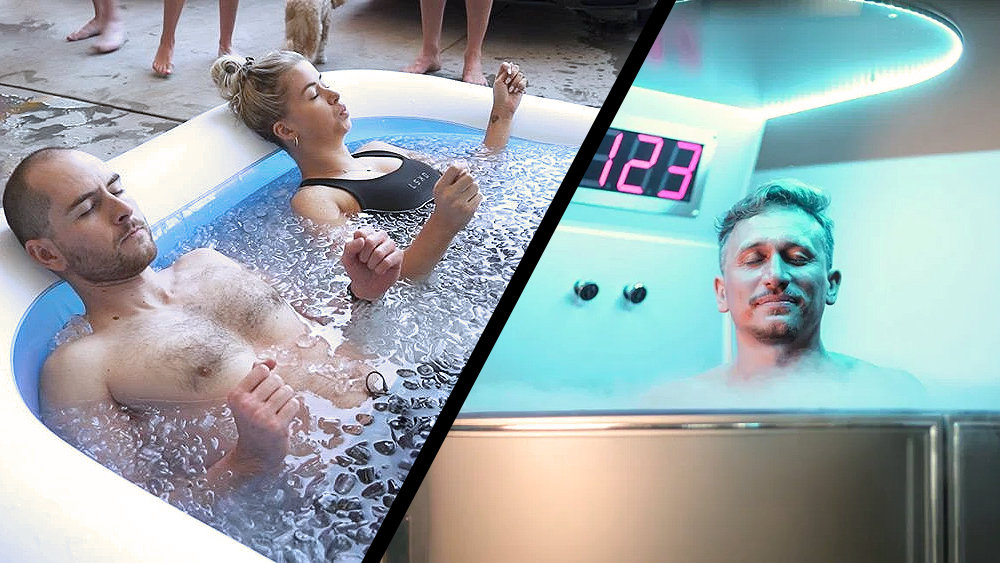
Both are forms of cold therapy used for healing and recovery, but they have distinct methods and benefits.
| Ice Baths | Cryotherapy | |
| Method | Ice baths involve full-body submersion in icy water. This immersion allows the cold to penetrate deep into the muscles and body. | Cryotherapy typically uses a cryochamber where the body is exposed to extremely cold, dry air, cooled using liquid nitrogen, for a short duration (usually not more than five minutes). |
| Benefits | – Mental wellness improvement, including stress reduction and a boost in endorphins. – Physical benefits like muscle recovery, boosting the immune system, and potentially aiding in weight loss by increasing brown fat activity. – Ice baths also have the added benefit of improving mental strength and resilience. | – It’s less mentally challenging than an ice bath and is quick and convenient. – Cryotherapy is known for boosting mood and energy, improving neurocognitive functions, increasing blood flow, and collagen production. – It may also reduce inflammation and have potential benefits for conditions like Alzheimer’s disease due to its effect on brain function. |
| Considerations | They can be uncomfortable, initially increase blood pressure, and carry a risk of hypothermia or skin numbness. | Doesn’t significantly improve mental resilience, can be costly over time, and might not be suitable for people with claustrophobia. |
| Cost | Generally more cost-effective in the long run, as they involve a one-time investment for the tub and ongoing cost for ice. | Cryotherapy sessions can add up quickly, and owning a cryotherapy chamber is a significantly higher investment compared to ice baths. |
In summary, while both ice baths and cryotherapy offer benefits for recovery and wellness, ice baths provide a more immersive, full-body experience that can also improve mental strength, whereas cryotherapy is a quick, targeted treatment with specific health benefits and less mental challenge. The choice between the two largely depends on individual preferences, needs, and budget considerations.


